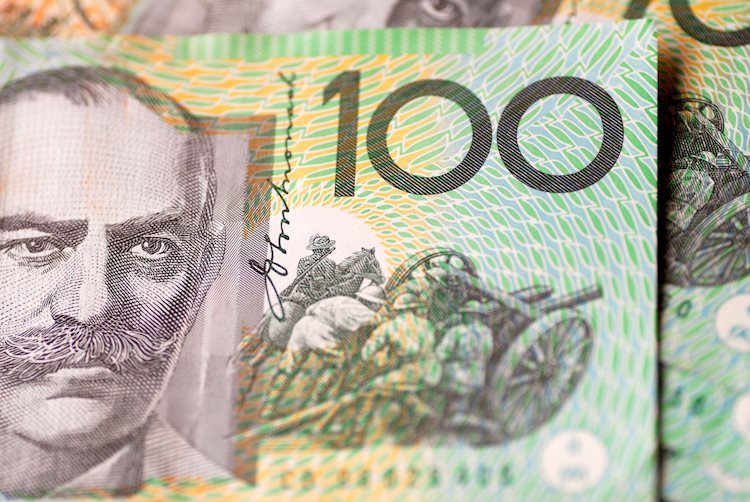The AUD/USD pair retreated from its intraday high on Thursday as the US Dollar gained strength following an upbeat US early PMI report for May. The US Dollar Index (DXY) recovered all intraday losses and rose to 104.90, leading to a drop in the AUD/USD pair. The Manufacturing PMI rose to 50.9, surpassing expectations, while the Services PMI jumped to 54.8, indicating a strong economic growth trajectory.
Investor confidence in the Federal Reserve’s decision to lower interest rates in September was affected by the strong preliminary PMI reading. The CME FedWatch tool showed a decrease in the likelihood of a rate cut in September from 58% to 53% after the release of the PMI report. Despite a hawkish tone in the Reserve Bank of Australia (RBA) minutes, the Australian Dollar failed to maintain its strength.
The AUD/USD pair faced pressure as a Rising Channel chart pattern on the four-hour timeframe broke down, signaling a potential bearish reversal. The 20- and 50-period Exponential Moving Averages (EMAs) are on the verge of a bearish crossover, indicating a negative near-term outlook for the Aussie asset. The 14-period Relative Strength Index (RSI) also shifted into a bearish reversal zone.
Further downside in the AUD/USD pair is expected if it breaks below the May 22 low at 0.6608, exposing it to lower support levels at 0.6580 and 0.6540. On the contrary, a move above the May high at 0.6714 could push the asset towards higher resistance levels at 0.6771 and 0.6800. Traders will closely monitor these key levels for potential trading opportunities.
Overall, the AUD/USD pair faced downward pressure as the US Dollar strengthened on the back of a positive US early PMI report for May. Investor confidence in a potential interest rate cut by the Federal Reserve in September was reduced. The RBA minutes were hawkish, but failed to support the Australian Dollar. Technical indicators suggest a bearish bias for the AUD/USD pair, with key support and resistance levels to watch for potential trading opportunities.










